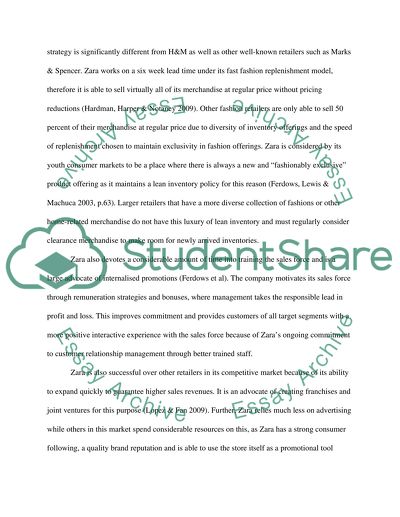Retail assessment Essay Example | Topics and Well Written Essays - 1000 words. Retrieved from https://studentshare.org/miscellaneous/1572649-retail-assessment
Retail Assessment Essay Example | Topics and Well Written Essays - 1000 Words. https://studentshare.org/miscellaneous/1572649-retail-assessment.


